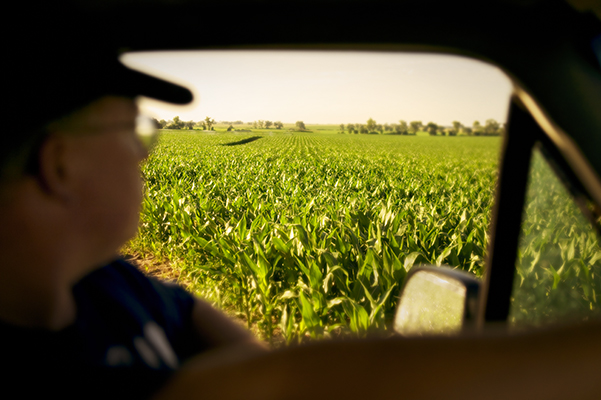
Iowa farmland prices have shown a wide range of market price dynamics during the first four months of 2014. While examples of lower prices exist for some farms, others show a stable to even increasing market.
Across our four states, real estate values appear to be in various stages of flux, with lower commodity prices and anticipated increases in interest rates weighing on buyer sentiment. Here’s a closer look at farmland sales through April:
- While the first three months of 2014 may have indicated some general softening in Iowa farmland values, sales in April showed a more stable market, with prices generally holding from the declines experienced in the second half of 2013.
Overall, the number of farm sales remains strong on a historical basis, indicating an active market. Public land auctions remained steady – 185 in the first quarter compared to 177 for the same period in 2013. The number of “no sales” for 2014 auctions was 7.5 percent, up from 6.1 percent for all of 2013.
- Land values in Nebraska and South Dakota are tougher to characterize because of fewer sales. At this point, both states are experiencing a high degree of variability in the market, with stronger sales in some areas and a softening in others. In general, higher quality farms are holding value better than those of lower quality.
- Sales in Wyoming are too limited to accurately discern market trends there, although strong beef prices are driving increasing rental prices. A few sales show signs of increasing prices for grassland.
Following the record high land prices of late 2012 and much of 2013, any drop in the market leads to speculation about a land bubble. News reporters, our customer-owners, even the Federal Reserve, have asked for our view. Our response has remained consistent: We have planned for an eventual decline in land values, though we expect a soft landing.
While the market forces driving much of the recent uptick in land prices are susceptible to change – always a risk factor – the long-term picture has been one of sustainability for many producers. Most have positioned their balance sheets and cash flows to withstand industry cycles.
The lending practices have also focused on sustainability. As land values have increased, we have purposefully adopted lending practices that focus on long-term sustainable cash flows and loan-per-acre lending levels.
We shared these and other lending practices during a recent meeting with the Federal Reserve. Like the rest of us, the Federal Reserve has been watching farmland values and wondering what they mean for the agriculture industry. We were able to offer a critical assurance: We and our customer-owners are well-positioned to grow into a challenging market.

